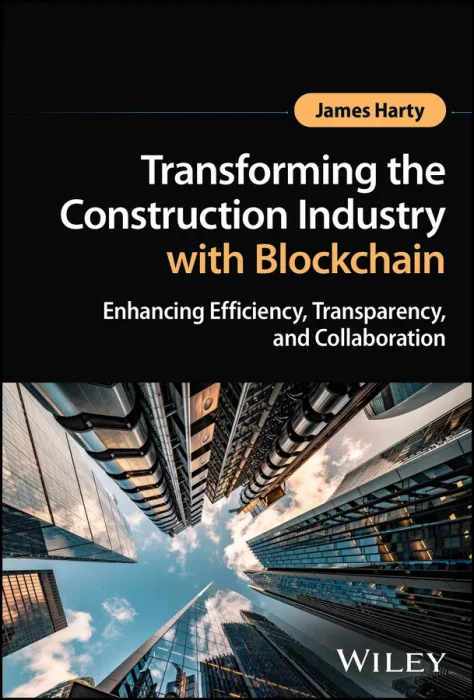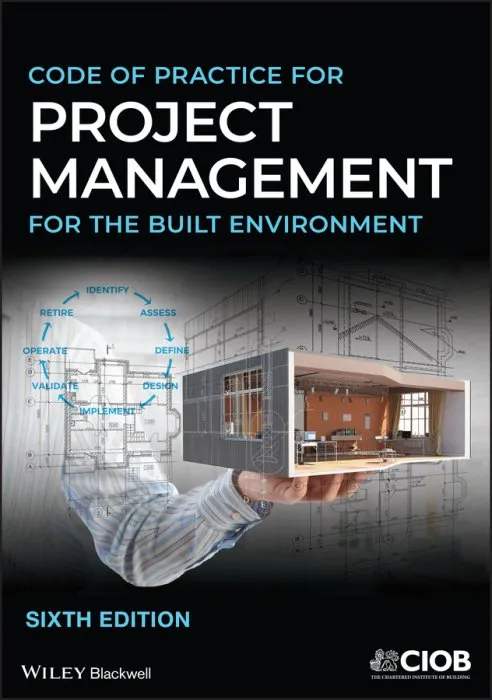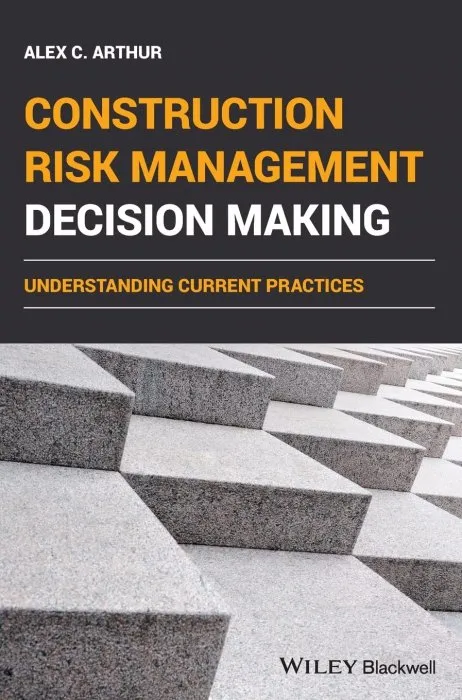Construction Microeconomics

Date: January 17th, 2023
Сategory: Business, Economics
ISBN: 1119828783
Language: English
Number of pages: 416 pages
Format: EPUB
Add favorites
CONSTRUCTION MICROECONOMICS
Unique and comprehensive reference describing microeconomic approaches, theories, and models adapted to and developed for the construction industry
Construction Microeconomics provides comprehensive coverage of microeconomics applied to the construction industry, focusing on construction clients, who initiate construction projects, and on contractors who transform the ideas and plans of clients into infrastructure and buildings. With the help of microeconomic theory, it tries to answer questions about decision-making by clients, contractors, and governments with respect to projects in the built environment. It includes discussions of alternative theories to mainstream microeconomics, such as new institutional economics, behavioral economics, and the capability approach. Applications from the construction sector including land supply, sustainability, industrialization, and lean construction are provided to ground the theory in practical construction.
In Construction Microeconomics, readers will learn:
• How microeconomic theory relies heavily on assumptions for modeling and the nuances of adjusting those assumptions
• How heterogenous contract goods affect supply and demand, markets, information, technology, and accordingly, the theories of contractors and owners
• How interaction influences the production process and how land as a production factor changes the production function
• How ex-ante costs determine the cost theory of the contractor and why contracting is more akin to the service sector than the goods sector
Advanced undergraduate and masters students, lecturers and academics in construction and related disciplines, and professionals in the construction industry looking for expert analysis into a unique facet of the field will find Construction Microeconomics to be a valuable, complete, and authoritative reference on the subject.
Unique and comprehensive reference describing microeconomic approaches, theories, and models adapted to and developed for the construction industry
Construction Microeconomics provides comprehensive coverage of microeconomics applied to the construction industry, focusing on construction clients, who initiate construction projects, and on contractors who transform the ideas and plans of clients into infrastructure and buildings. With the help of microeconomic theory, it tries to answer questions about decision-making by clients, contractors, and governments with respect to projects in the built environment. It includes discussions of alternative theories to mainstream microeconomics, such as new institutional economics, behavioral economics, and the capability approach. Applications from the construction sector including land supply, sustainability, industrialization, and lean construction are provided to ground the theory in practical construction.
In Construction Microeconomics, readers will learn:
• How microeconomic theory relies heavily on assumptions for modeling and the nuances of adjusting those assumptions
• How heterogenous contract goods affect supply and demand, markets, information, technology, and accordingly, the theories of contractors and owners
• How interaction influences the production process and how land as a production factor changes the production function
• How ex-ante costs determine the cost theory of the contractor and why contracting is more akin to the service sector than the goods sector
Advanced undergraduate and masters students, lecturers and academics in construction and related disciplines, and professionals in the construction industry looking for expert analysis into a unique facet of the field will find Construction Microeconomics to be a valuable, complete, and authoritative reference on the subject.
Download Construction Microeconomics
Similar books
Information
Users of Guests are not allowed to comment this publication.
Users of Guests are not allowed to comment this publication.




